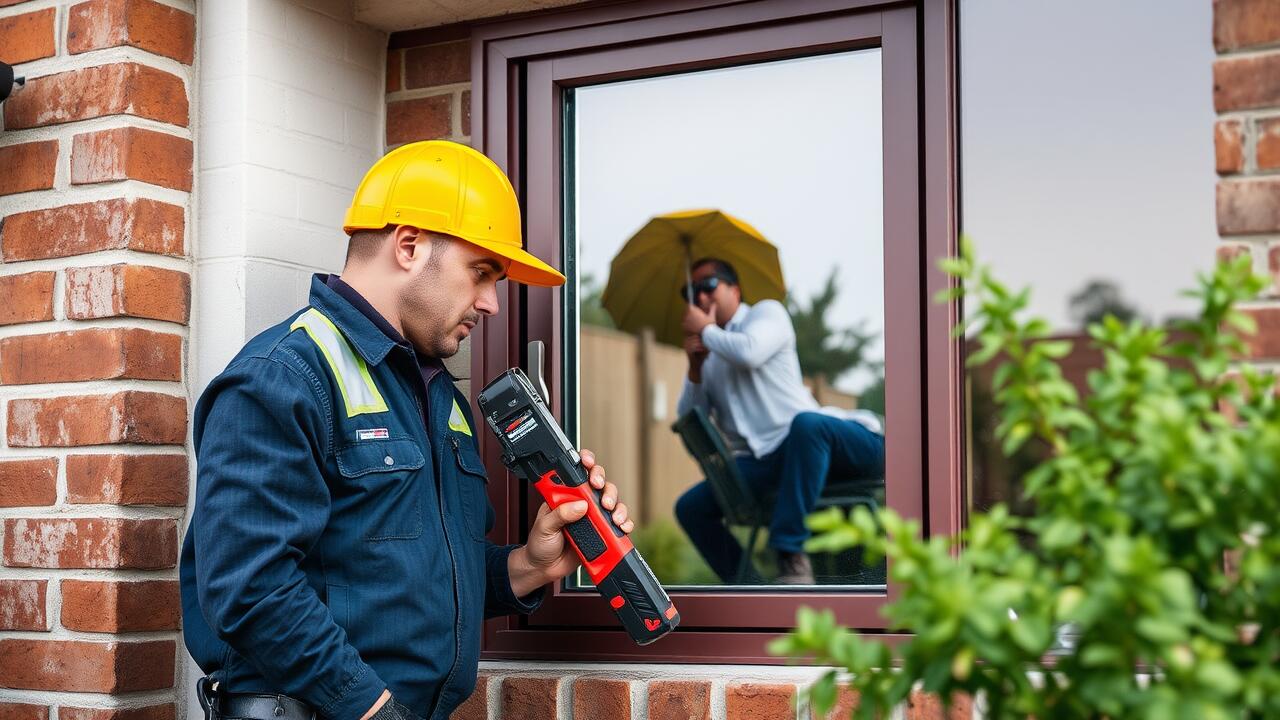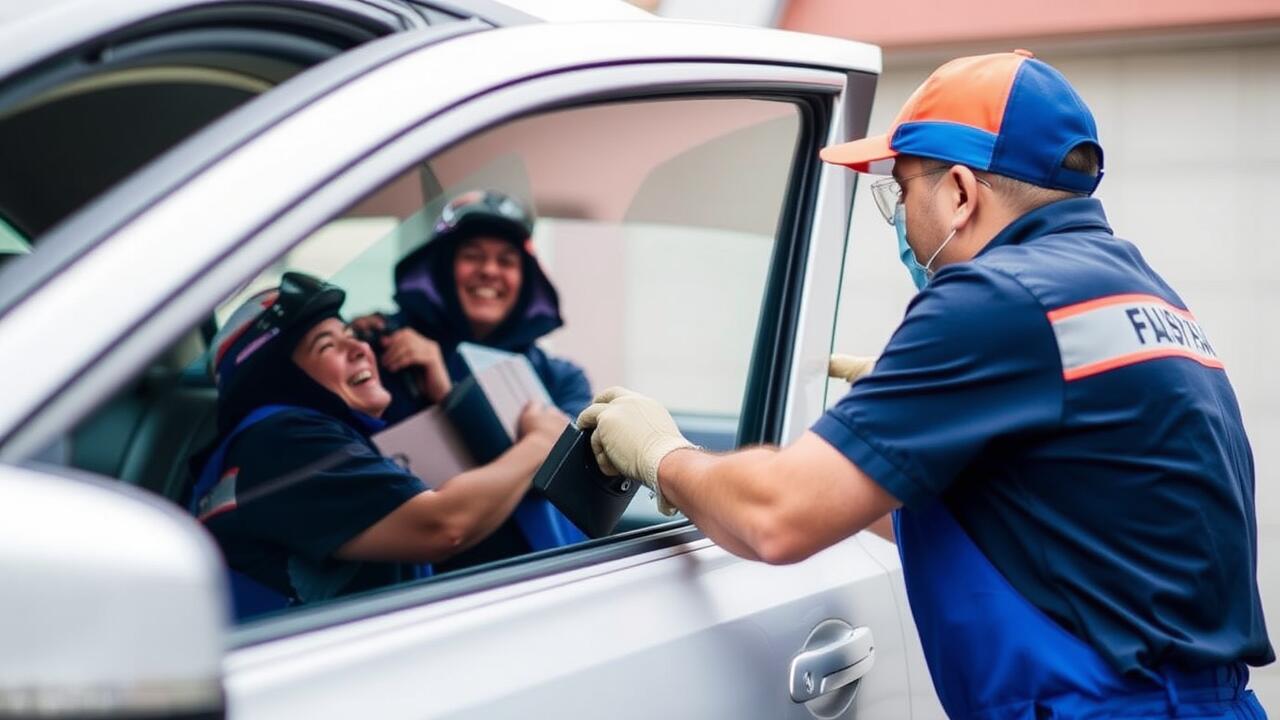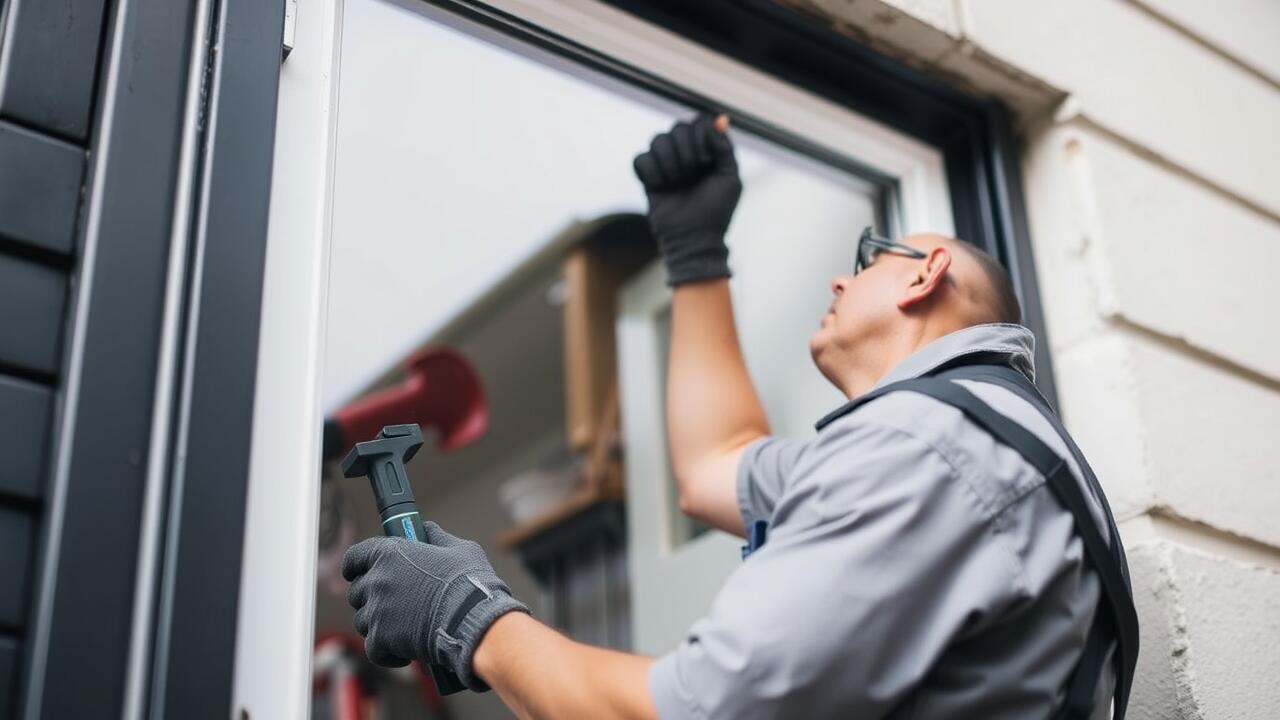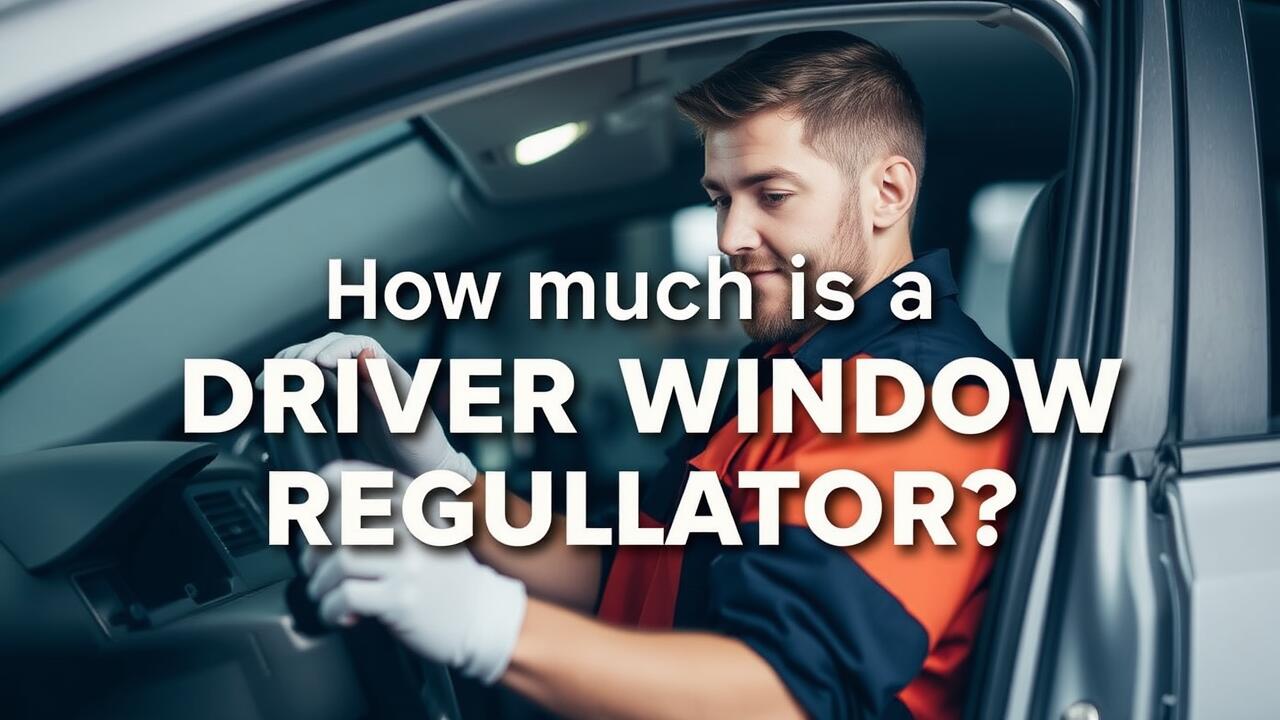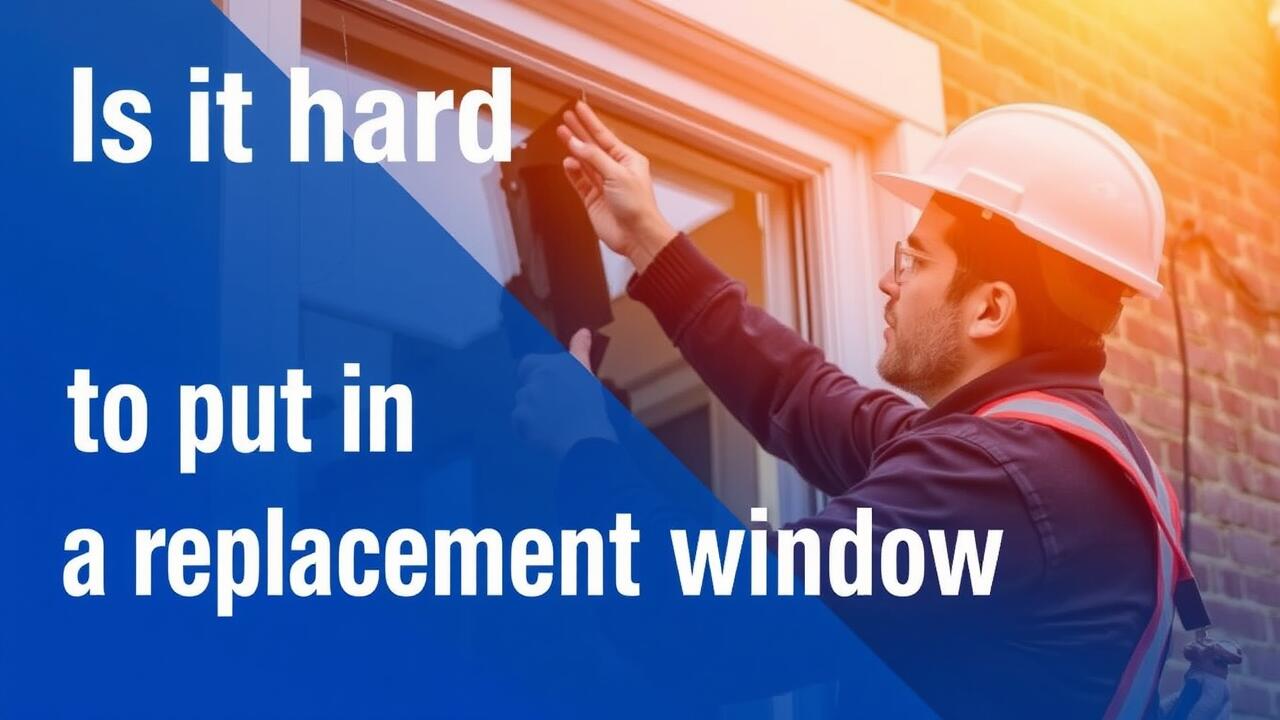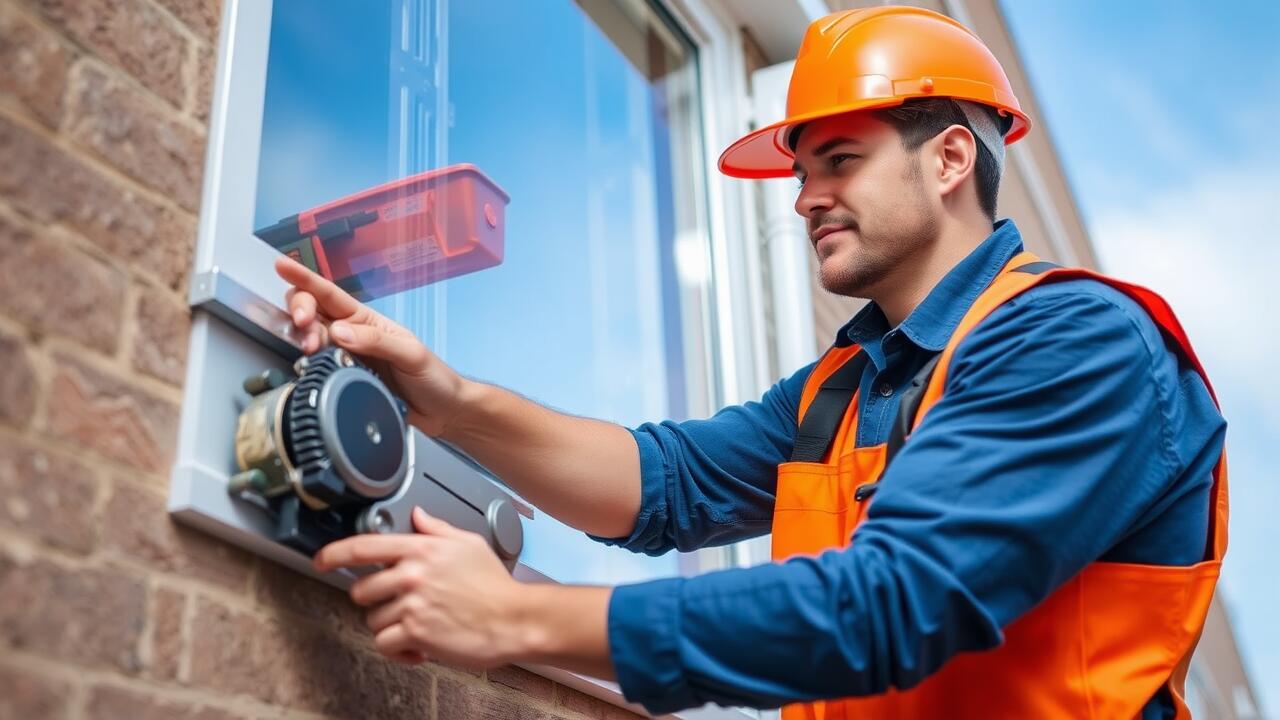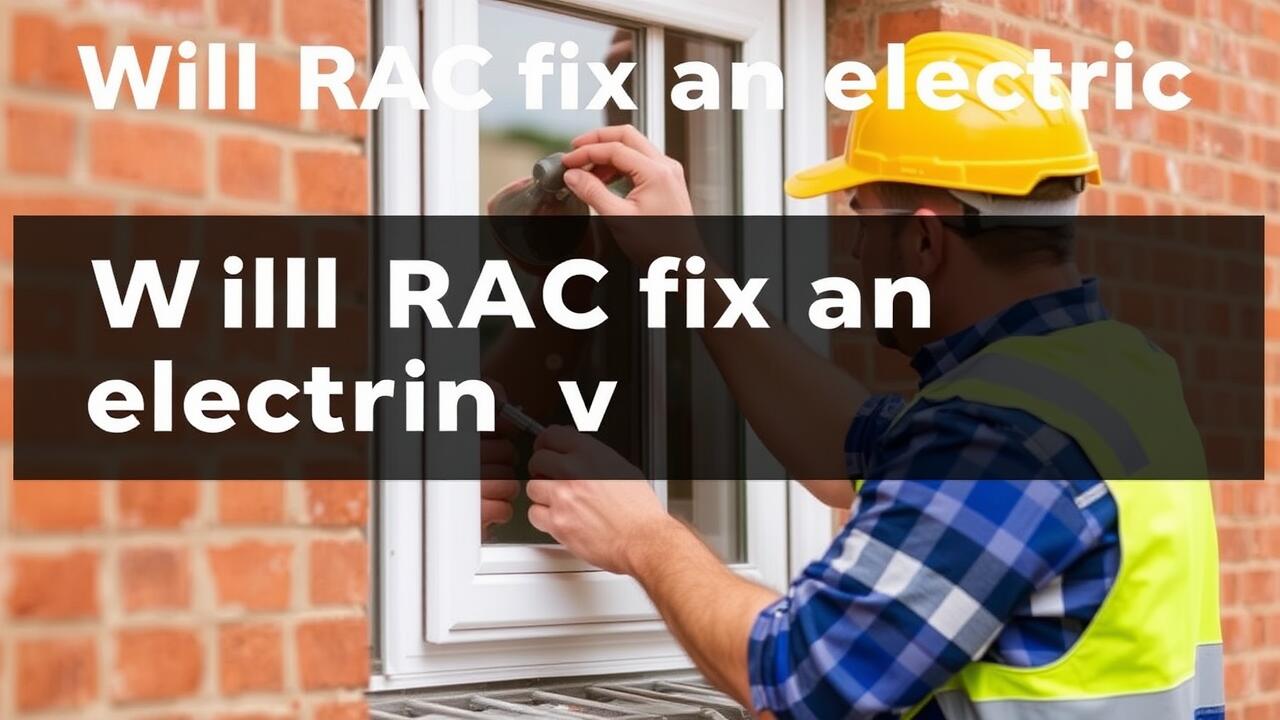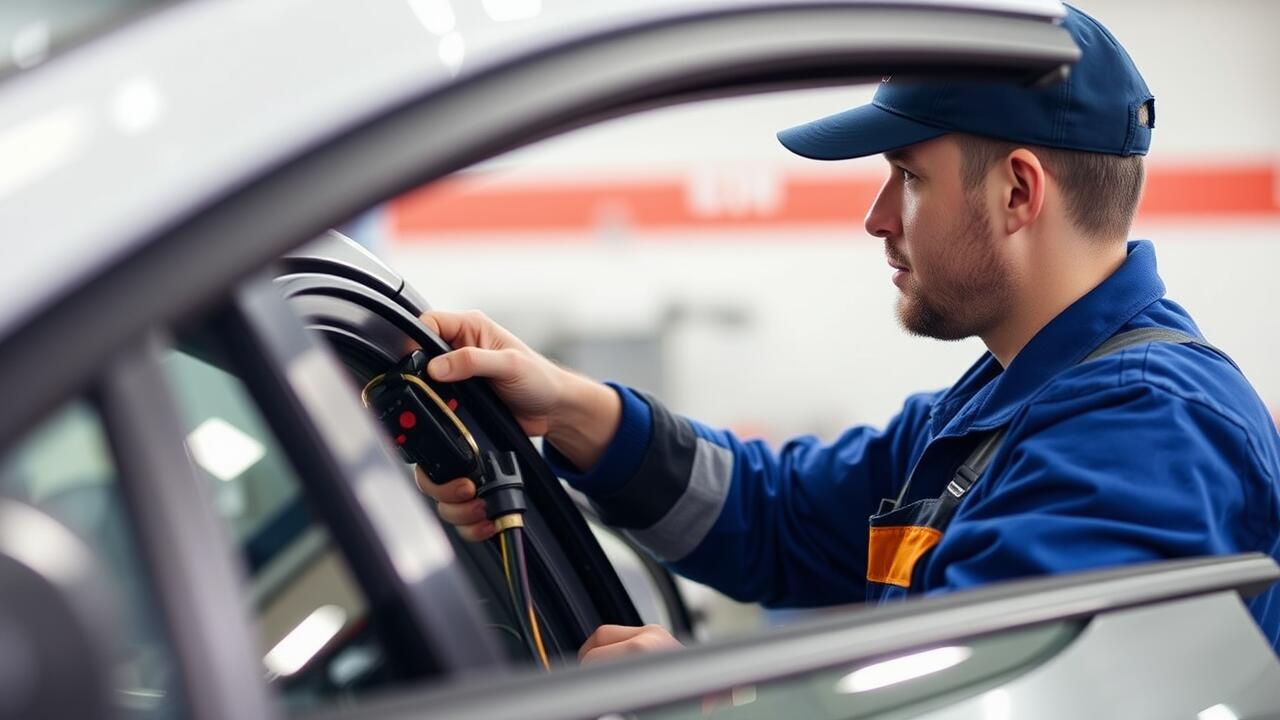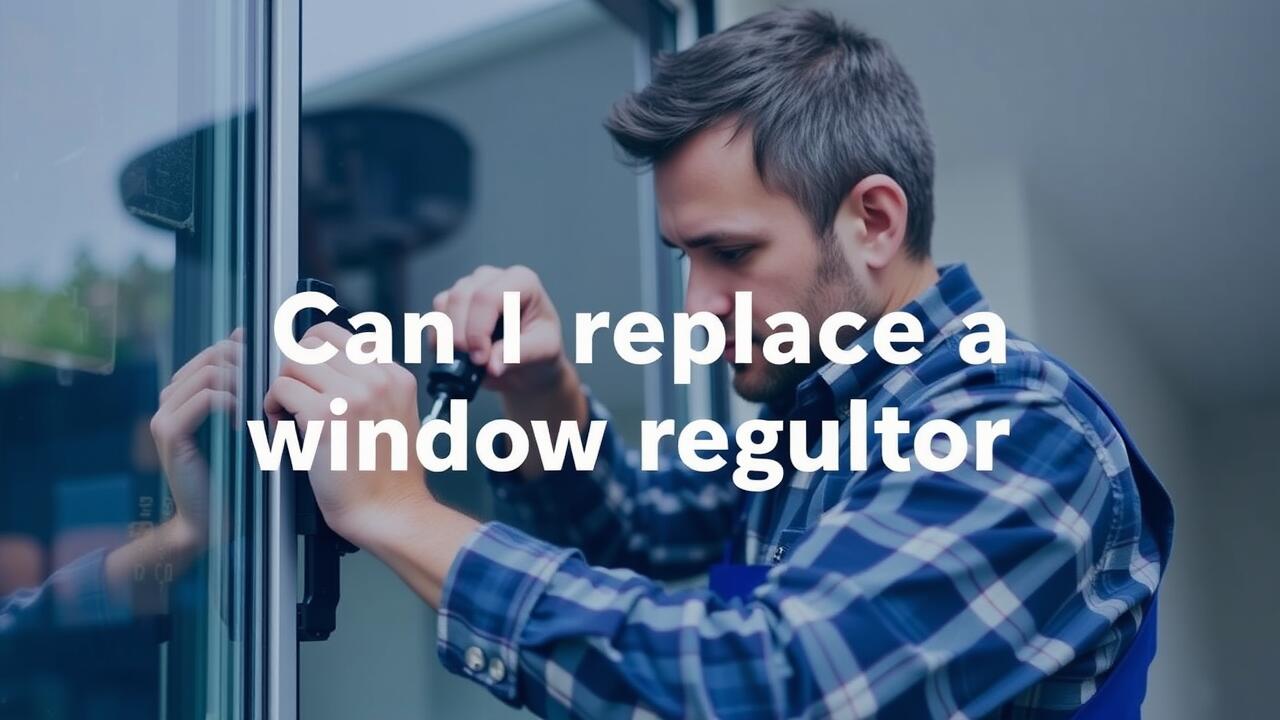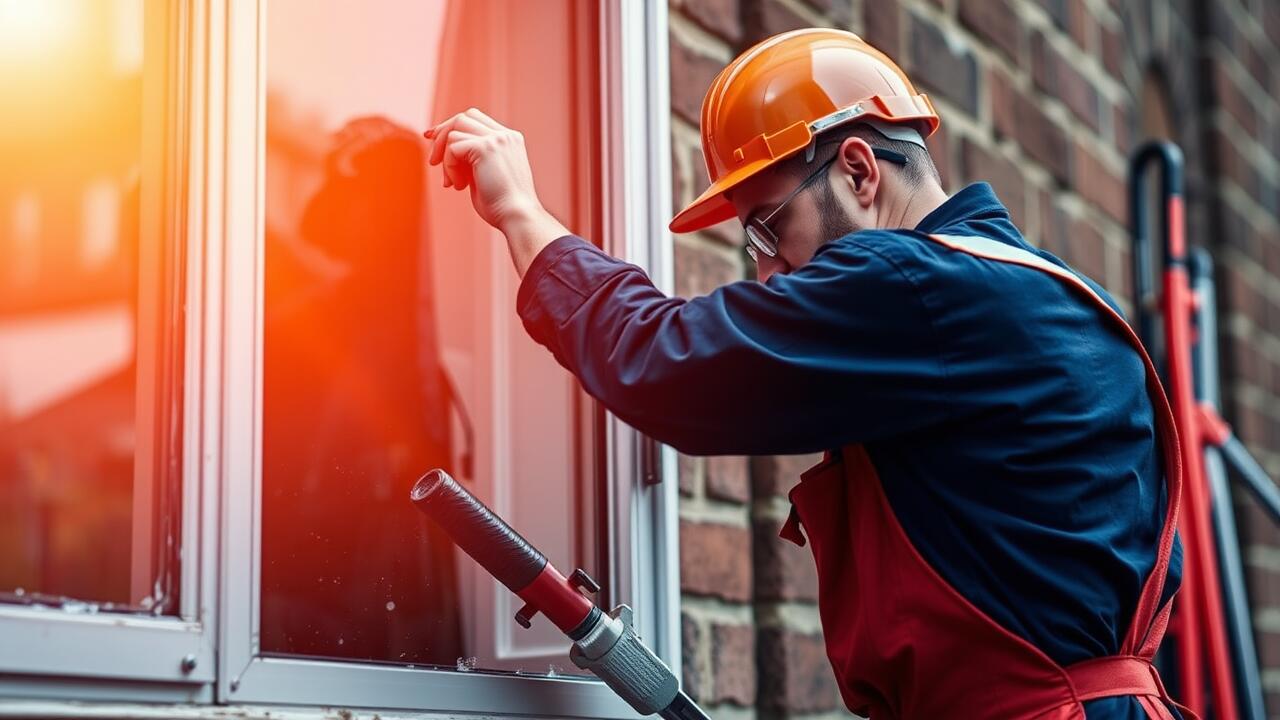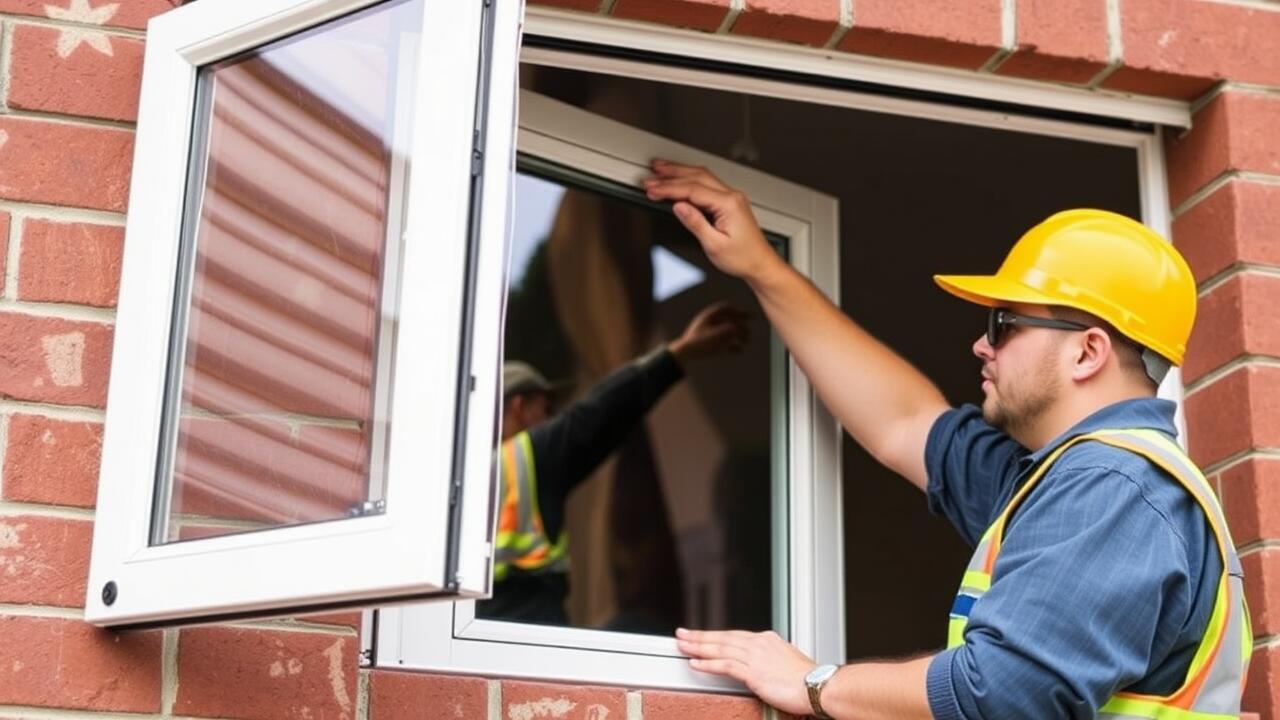
Table Of Contents
Motor Failures in Electric Windows
Electric window motors are crucial components that allow the smooth operation of car windows. Over time, wear and tear can lead to malfunctions. Factors such as age, usage patterns, and manufacturing defects can affect the motor's performance. A failing motor often results in windows that get stuck or operate erratically, making it essential to identify these issues early.
In many cases, side window repair becomes necessary when the motor fails completely. Symptoms such as unusual noises, slow movement, or complete lack of response indicate that the motor may need replacement. Recognising these warning signs can help prevent further damage and costly repairs, ensuring that windows function effectively and safely. Regular inspections can also help detect potential problems before they escalate.
Symptoms of a Failing Window Motor
A failing window motor often presents clear symptoms that can indicate an imminent problem. One common sign is a sluggish response when trying to operate the window. It may move slowly or stop partway up or down, suggesting a decline in the motor's efficiency. Odd noises can also accompany this issue, such as grinding or clicking sounds when attempting to raise or lower the window. These noises could indicate worn gears or other mechanical issues that require immediate attention.
Another noticeable symptom is an unresponsive window. When the window fails to move at all despite pressing the button, it points to a potential motor failure. In such cases, it is crucial to assess whether the issue is isolated to one window or if multiple windows are affected. If the problem persists, seeking professional assistance for side window repair might be necessary. Addressing these symptoms early can save drivers from more extensive repairs down the line.
Temperature Effects on Window Performance
Extreme temperatures can significantly influence the performance of electric windows in vehicles. When the weather turns particularly hot or cold, the components within the window assembly may expand or contract. This change can lead to increased resistance within the motor or the window tracks, making it harder for the window to function properly. In cases of extreme cold, lubricants can become thick or even freeze, thus hampering movement and potentially leading to failure.
Weather conditions play a crucial role in the longevity and functionality of electric windows. High humidity can lead to moisture buildup within the mechanisms, which may result in corrosion over time. Regular checks and timely Side Window Repair can help mitigate issues arising from environmental factors. Keeping the window seals clean and ensuring proper drainage can also prevent water from getting trapped and causing damage, further promoting optimal window performance.
How Weather Conditions Impact Electric Windows
Extreme weather conditions can significantly impact the functionality of electric windows. High temperatures can lead to the expansion of components, potentially causing misalignments or increased friction within the window mechanism. Conversely, cold weather may cause the lubricant within the window tracks to harden, resulting in sluggish movement or complete failure. These temperature variances can strain the electric motor, resulting in the need for side window repair.
Rain and humidity also play crucial roles in the performance of electric windows. Moisture can seep into the electrical components, leading to short circuits or corrosion, both of which impair the window operation. Additionally, the presence of ice can cause windows to freeze in place, preventing them from operating smoothly when trying to open or close. Regular checks and maintenance can help mitigate these issues, ensuring that side window repair is less necessary despite adverse weather conditions.
Routine Maintenance Practices
Regularly checking and maintaining the components of electric windows is crucial for ensuring their longevity. A simple inspection can often reveal issues before they escalate into more significant problems. Keeping tracks of any unusual sounds or sluggish movements can indicate motor wear or electrical issues. Addressing these signs early, including potential side window repair, can save time and costs down the line.
Moreover, lubricating the window tracks and mechanisms can help reduce friction and prevent motor strain. Using appropriate lubricants specifically designed for automotive use ensures that both the moving parts and the rubber seals maintain their integrity. Incorporating this practice into your vehicle maintenance routine will not only enhance the performance of electric windows but also extend the lifespan of components, reducing the likelihood of needing a side window repair in the future.
Keeping Electric Windows in Optimal Condition
Regular maintenance is essential for ensuring that electric windows function smoothly over time. Simple practices like inspecting the window seals and tracks for debris can prevent issues that may arise from obstacles disrupting their operation. Additionally, lubricating the window tracks periodically can help reduce strain on the motor, promoting longevity and consistently reliable performance. If you notice any unusual noises or sluggish movement, addressing these problems early can save on expensive repairs later on.
In some cases, despite best efforts, components may still fail, necessitating professional assistance. Services such as Side Window Repair can effectively fix issues related to motor malfunctions or damaged wiring. Seeking help from a qualified technician ensures that any repairs are carried out with expertise, restoring the functionality of your electric windows while maintaining safety standards. Regular check-ups can also catch potential concerns before they escalate, providing peace of mind as well as optimal usability.
FAQS
What are the common causes of electric car windows not working?
Common causes include motor failures, electrical issues, blown fuses, and damage to the window regulator or switch.
How can I tell if the window motor is failing?
Symptoms of a failing window motor may include slow-moving windows, sudden stops during operation, or no movement at all when the switch is pressed.
Do extreme weather conditions affect electric window performance?
Yes, extreme temperatures can impact electric window performance, causing motors to struggle in freezing conditions or overheat in excessive heat.
What maintenance practices can help prevent electric window issues?
Routine maintenance includes regularly checking the window seals, lubricating moving parts, and ensuring that the electrical connections are secure and free from corrosion.
What should I do if my electric windows stop working completely?
If your electric windows stop working, start by checking the fuse and window switch. If these appear functional, it may be best to consult a professional for further diagnosis and repair.
